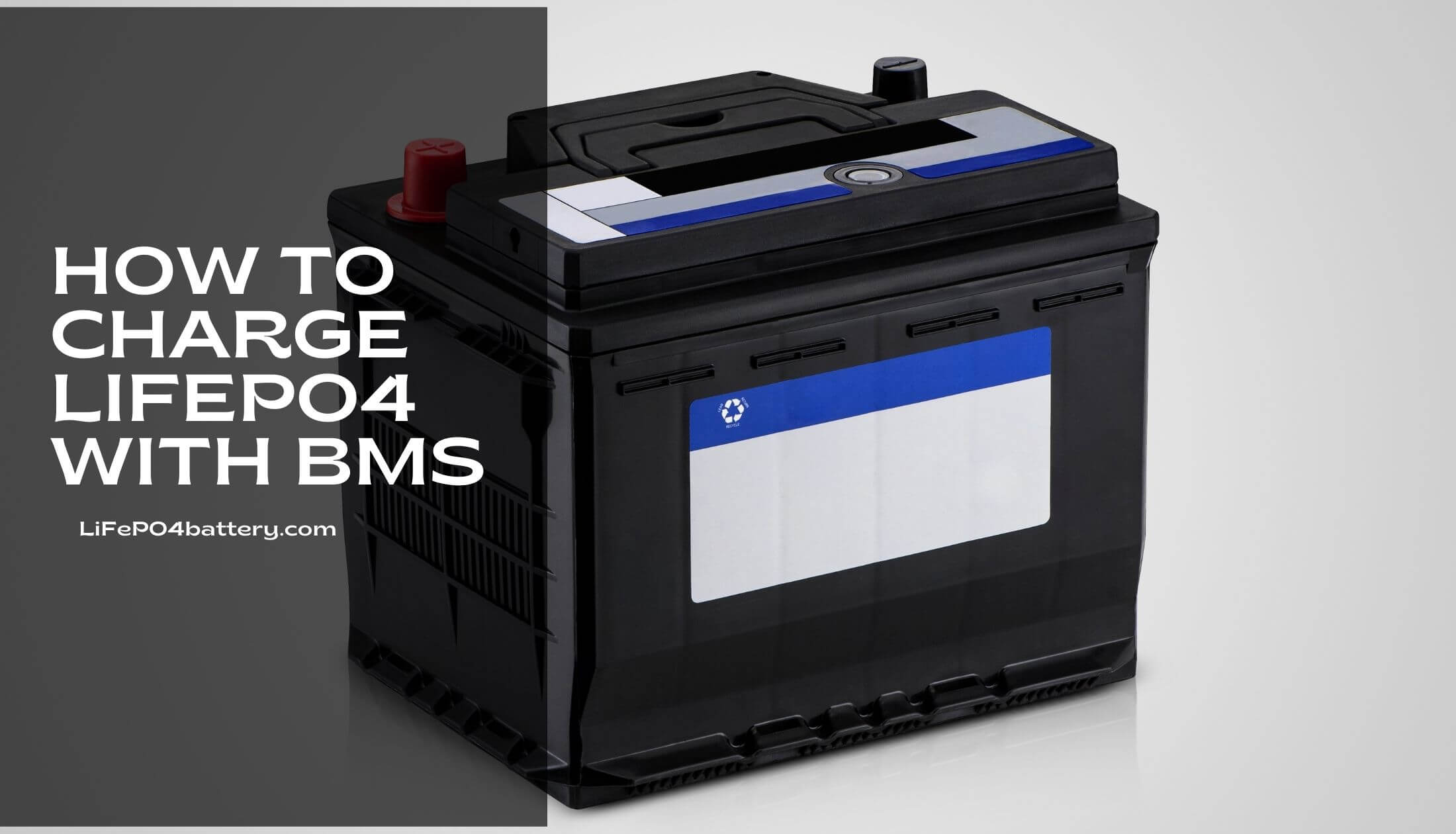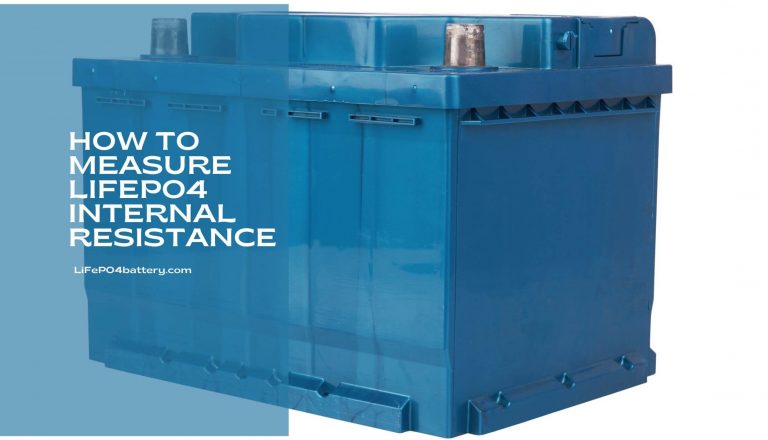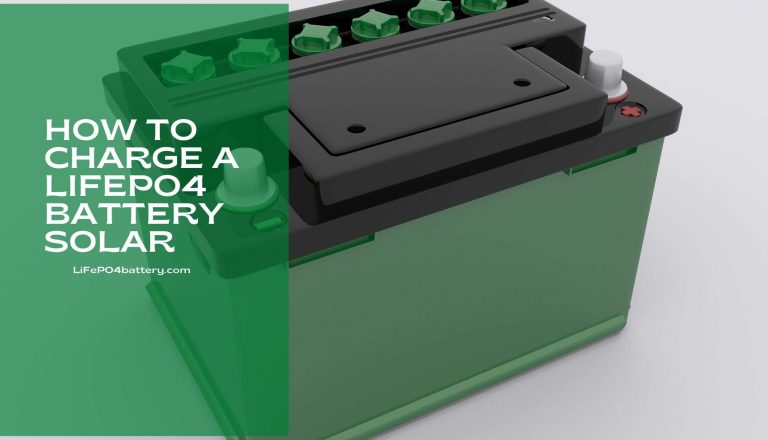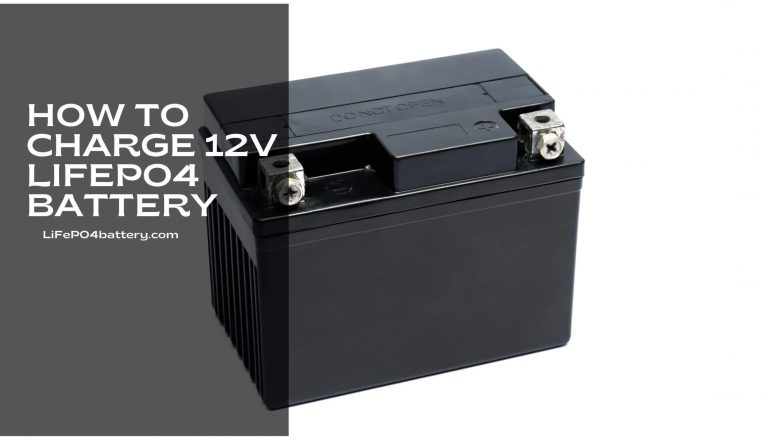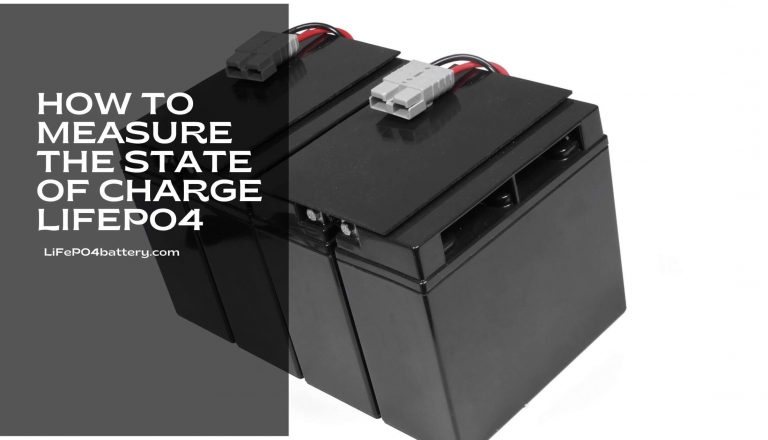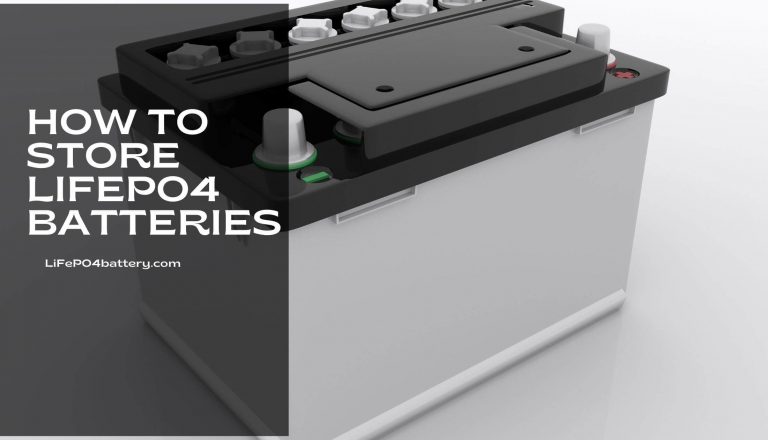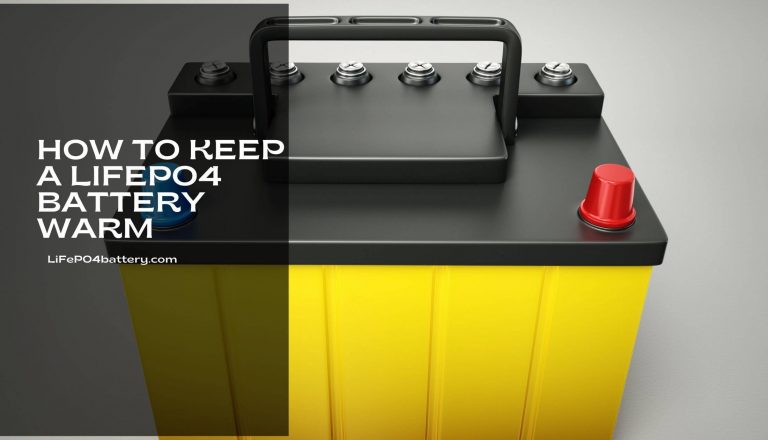How To Charge Lifepo4 With BMS
BMS stands for Battery Management System, and it is a system that monitors and manages to charge of a battery bank. This article will teach you the proper procedure for How To Charge Lifepo4 With BMS.
What is BMS?
BMS stands for Battery Management System. It is a hardware and software module that helps to optimize the charging and discharging of a battery. By optimizing these processes, you can extend the life of your battery. There are many different types of BMSs available on the market, each with its own advantages and disadvantages. Before you buy a BMS, you need to decide which type is best for your battery. Here are some tips to help you decide:
– Does the battery require tight regulation of charging and discharging?
– Is the battery being used in a harsh environment?
– How important is it to have full control of overcharging and discharging?
If you can answer these questions, a basic BMS like an onboard charger or a computer chip that is installed in the battery can be sufficient. However, if you can’t answer any of them or if you want more flexibility, then you should consider purchasing a standalone BMS like those made by Saft or ABB.
How To Charge Lifepo4 With BMS
A battery management system (BMS) is a type of electronic device that helps to manage and monitor battery packs. BMS can manage different types of batteries, such as lead-acid, nickel-cadmium, nickel-metal-hydride, and lithium-ion. There are many ways to charge a battery with BMS. The most common way is to use an AC charger. However, there are also battery chargers that use DC power.
The best way to charge a battery with BMS is to use a battery charger that has been specifically designed for this purpose. There are also chargers that can be used to charge other types of batteries, but they may not be as effective when it comes to charging a battery with BMS.
When you are charging a battery with BMS, it is important to follow the manufacturer’s instructions. If you do not follow the manufacturer’s instructions, the battery may not be charged correctly or at all.
If you own an electronic device that uses a battery, you likely know how important it is to keep the battery charged. But what if your device doesn’t have a charger? Or, if you don’t have time to charge the battery every day?
You can charge a battery with a basic microcontroller system (BMS), or with an external power supply. This guide will show you how to charge a battery using a BMS.
First, connect your battery to the BMS. Make sure the connection is secure and make sure the power is turned off on the battery. Then, turn on the power to the BMS.
Next, configure the BMS to use the battery. The BMS will need information about the type of battery and the amount of power it needs. You can find this information on the battery label or in the user’s manual.
Next, set up the charging cycle. The BMS will need information about how long it should charge the battery and at what rate. You can find this information in the charging schedule or in the user’s manual.
Finally, start charging the battery. The BMS will automatically start charging when it starts up and continues charging until it.
What is the best way to Charge Lifepo4 batteries with BMS
Lifepo4 batteries are rechargeable and can be charged using a battery management system (BMS). Lifepo4 batteries should always be charged using a BMS to ensure that they are correctly maintained and to prevent overcharging.
There are many different types of BMSs available on the market, but the best way to find the right one for your needs is to consult with an expert. There are many different features that a BMS can offer, such as charge monitoring, fault detection, and battery health tracking.
It is important to make sure that you charge your Lifepo4 batteries using a BMS to avoid damaging them. By using a BMS, you can also ensure that your batteries will last longer and that they will be more reliable when it comes time to recharge them.
Lifepo4 batteries are rechargeable, so you need to find a way to charge them. There are many different ways to do this, but the best way depends on the type of battery and the charging system.
If you are using a BMS, you can use the BMS to charge the batteries. This is the easiest way because it doesn’t require any special equipment or knowledge.
If you are charging the batteries without a BMS, you will need some special equipment. You will need a charger that can charge Lifepo4 batteries, and you will also need a cable that connects the charger to the battery.
You can also recharge the batteries using a solar panel. This is a more advanced method than using a charger, but it is possible to do if you have the necessary equipment and knowledge.
Battery Management System (BMS) Types
In order to charge a lithium-ion battery, you will need a Battery Management System (BMS). There are several different types of BMSs, and each one will charge your battery in a different way.
The most common type of BMS is the direct Current Transformer (DC-T) BMS. This type of BMS uses a direct current to charge your battery. It is the easiest type of BMS to use, and it is the most common type of BMS used in electric vehicles.
The second type of BMS is the alternating Current Transformer (AC-T) BMS. This type of BMS uses an alternating current to charge your battery. It is more difficult to use than the DC-T BMS, but it is also more efficient.
The third type of BMS is the pulse width modulation (PWM) BMS. This type of BMS uses pulses of varying widths to charge your battery. It is the best type of BMS for high ampere batteries, and it is also used in some Tesla cars.
There are other types of BMs, but these are the three most common types. Choose the type of BMS that best matches
Plugging in a battery
If you have a battery-powered device, you may have noticed that the battery will slowly drain over time. This is because the battery is not getting enough power to run the device. There are a few ways to get more power to your battery. One way is to use a battery management system, also known as a BMS or Battery Management System. A BMS helps the device understand how much power it needs and then sends that power directly to the battery. This can help your battery last longer and work better.
When you want to recharge a battery, the first step is to make sure you have the right charger. There are different types of chargers for different types of batteries.
To charge a lead-acid battery, connect the charger to an outlet and plug the battery into the charger. For nickel-cadmium and lithium-ion batteries, charging starts automatically when the battery is connected to the charger.
If you have a portable power pack like an electric bicycle or golf cart, you can also recharge your batteries by connecting them directly to the power pack.
Other considerations
There are a few other considerations to keep in mind when charging a battery with BMS. For example, if your battery uses a cold-plug connection, make sure your charger is compatible with that type of connector. Additionally, be sure to place the battery in a safe and secure location while it’s being charged, as excessive heat or current can damage the battery. Lastly, always read the product labels and instructions before using any chargers or batteries.
Other considerations when Charging the LiFePO4 battery with BMS include ensuring the battery is fully charged before attempting to connect it to the charger, and making sure the charger is properly connected to the battery. Additionally, some chargers have features that prevent them from charging certain types of batteries, so it’s important to know which type of battery is being charged and find a charger compatible with that type.
What are the benefits to charge the lifepo4 battery with BMS
When you charge a battery with BMS, there are many benefits. A battery with BMS will have a longer life because it will be more protected from over-discharge and it will also be more protected from over-charging.
BMS stands for Battery Management System. A BMS helps to protect your battery by monitoring the battery’s voltage, temperature, and capacity. By doing this, the BMS can prevent your battery from becoming damaged. Additionally, the BMS can also prevent your battery from going into deep discharge mode. This can help to extend the life of your battery.
One of the benefits to charge a lifepo4 battery with BMS is that it can help prevent overcharging. Overcharging can lead to cell damage and a decreased lifepo4 battery life. Additionally, by charging a lifepo4 battery with BMS, it can also help to improve Cycle Life Management.
Why You Should Charge Lifepo4 with a BMS
Lifepo4 is a life-saving medication that can keep people alive if they experience a heart attack. Lifepo4 can also help people who have a stroke or other serious brain injury.
To make sure that everyone has access to Lifepo4, the FDA has approved a special way to store the medication: as a biologic medicine in a biological matrix storage (BMS) system.
A BMS system is like a bank account. The Lifepo4 BMS account contains all of the data needed to make and track the doses of Lifepo4. This information is valuable not just for manufacturers and distributors of Lifepo4, but also for health care providers who need to monitor patients’ blood levels of Lifepo4.
To use Lifepo4, you will need to charge it with a BMS. A BMS is a blood storage device that helps to maintain the quality of your blood while it is stored.
There are two main types of BMSs: extended storage and immediate storage. Extended storage BMSs allows you to store your blood for up to 36 months, while immediate storage BMSs store your blood for up to six months.
If you are using Lifepo4 and you have a BMS, make sure that it is charged and ready to use. You can charge Lifepo4 with a BMS by connecting it to the power supply of your home or office.
Conclusion
Thank you for reading this article on how to charge a battery with BMS. In this article, we will discuss the different ways to charge your battery and which is the most efficient way. We will also go over some common mistakes people make when charging their batteries and how to avoid them.

